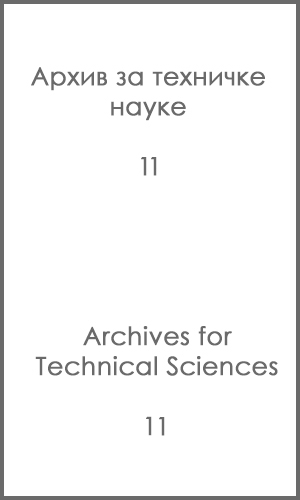EFFECTS OF METSULFURON-METHYL ON SOIL MICROBIAL ACITVITY
DOI:
https://doi.org/10.7251/afts.2014.0611.077RAbstract
Pesticide metsulfuron-methyl (chemical name: methyl 2-(4-methoxy-6-methyl-1,3,5-triazin-2-ylcarbamoylsulfamoyl)benzoate) is a post-emergence sulfonylurea herbicide which controls most annual grass broadleaf weeds in cereals, and it has been used for a long time.
The effect of metsulfuron-methyl on microbiological activity in soil was investigated. Trials were set up in laboratory on chernozem soil (pH 7.0, organic matter 3.5%, sand 26%, silt 45%, clay 29%) at Surcin, Serbia. Metsulfuron-methyl was added at rates 1, 5, 25 i 50 mg/kg soil. Untreated soil served as control. Samples were collected for analysis 5, 20, 40 and 60 days after metsulfuron-methyl application. The effects were assessed on dehydrogenase activity, bacteria abundance and fungi abundance.
Metsulfuron-methyl was found to cause different effects on the soil microbial activity in soil and its influence depended on the rate of application and duration of activity. Metsulfuron-methyl applied at 1 and 5 mg/kg soil did not have any effect on microbial parameters. The higher herbicide doses (25 and 50 mg/kg) induced increasing activity from the 5th to 40th day. These experimental data indicated that metsulfuron-methylon affected soil microbial activity, but the effects were only detected at higher doses and they were slight and transitory.

